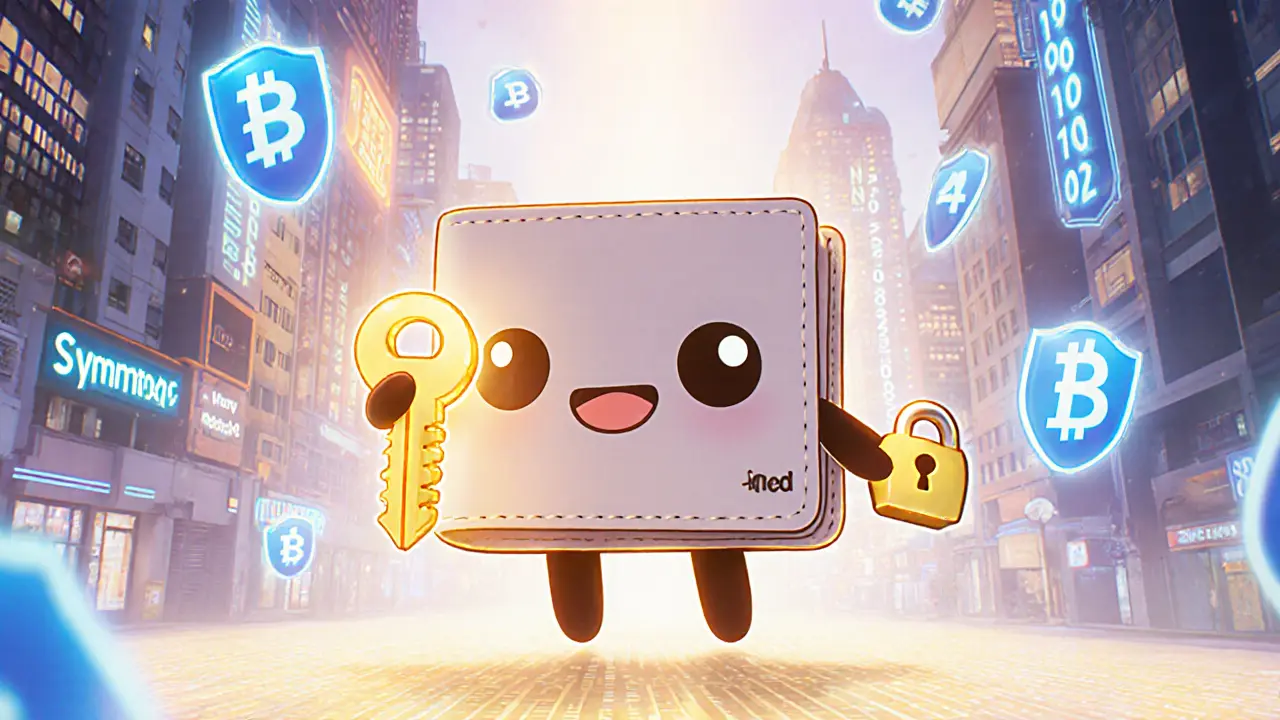Technology Standards: The Backbone of Modern Systems
When we talk about Technology Standards, the agreed‑upon rules and formats that let different systems communicate reliably. Also known as tech standards, they form the foundation for data exchange across apps, devices, and enterprises. Without them, today’s seamless digital experiences would crumble.
Interoperability Protocols, the set of rules that enable distinct software applications to share data work hand‑in‑hand with API Integration, the method of connecting services through defined endpoints to create a fluid pipeline. When you pair them with industry‑wide formats like HL7 or FHIR, you achieve what experts call semantic interoperability. This link between protocols and APIs is a core part of any reliable tech ecosystem.
Another pillar is Industry Data Standards, the common data models adopted across sectors such as healthcare, finance, and logistics. Standards like EDIFACT for supply‑chain messaging or ISO 20022 for financial transactions give every participant a shared language. By aligning your systems to these models, you cut down on translation errors and speed up onboarding of new partners.
Why Standards Matter Today
In a world where cloud services, IoT devices, and AI models coexist, interoperability standards are the glue that holds everything together. They reduce development time because engineers can reuse existing components instead of building custom bridges. They also lower security risk; a well‑defined standard includes authentication and encryption guidelines that protect data in transit.
Consider a hospital that needs to pull patient records from multiple labs. By adopting the FHIR protocol, the hospital’s EHR system can request lab results through a standardized API, receive data in a common JSON format, and display it instantly to clinicians. The same principle applies to a fintech startup linking to dozens of banks – ISO 20022 lets the startup speak the same transaction language as each bank, eliminating the need for bespoke adapters.
Governments and regulators are also pushing for consistent standards. The European Union’s Digital Single Market strategy mandates that public services expose data via open APIs following specific interoperability protocols. This push encourages private firms to adopt the same standards, creating a virtuous cycle of compatibility.
When you plan a new integration project, start by mapping the required standards. Ask yourself: Which industry data model applies? Which API specification (REST, GraphQL, gRPC) aligns best? Which interoperability protocol will guarantee that the data remains meaningful across the full data lifecycle? Answering these questions upfront saves weeks of rework.
Our collection below breaks down each of these concepts into actionable steps. You’ll find practical guides on implementing HL7 and FHIR, choosing the right API design, and navigating the maze of global data standards. Whether you’re a developer, a product manager, or a compliance officer, the articles ahead will give you the tools to turn abstract standards into real‑world results.





